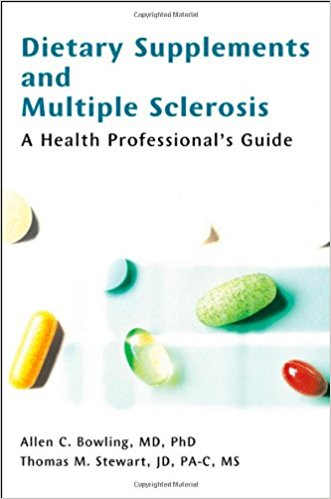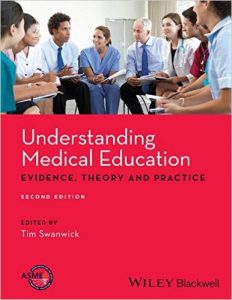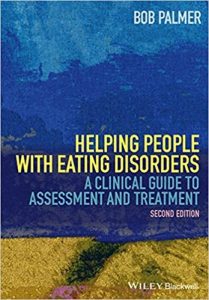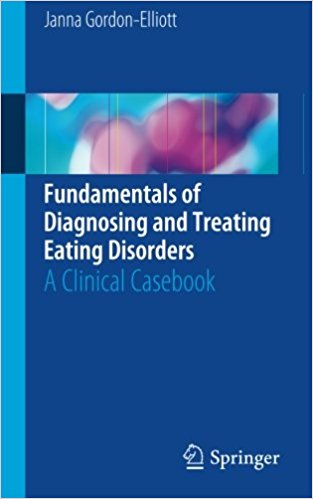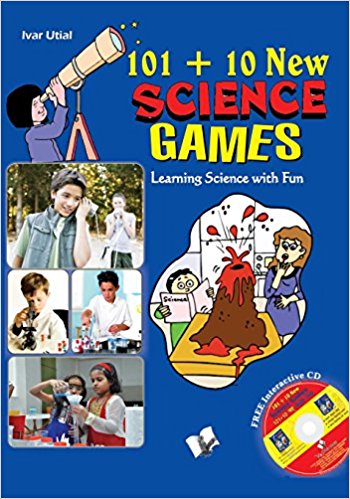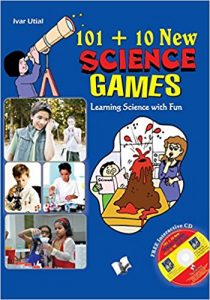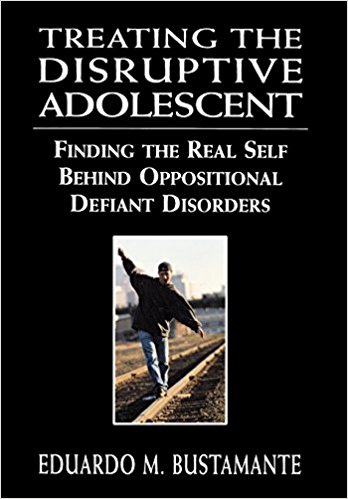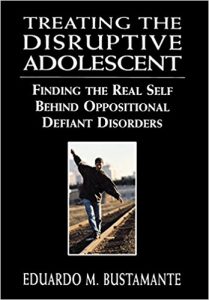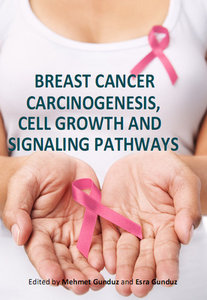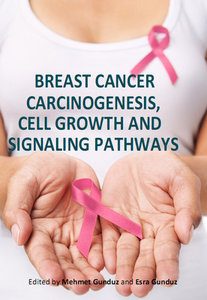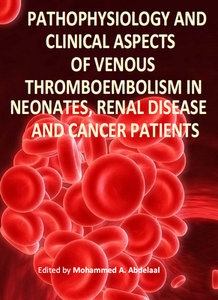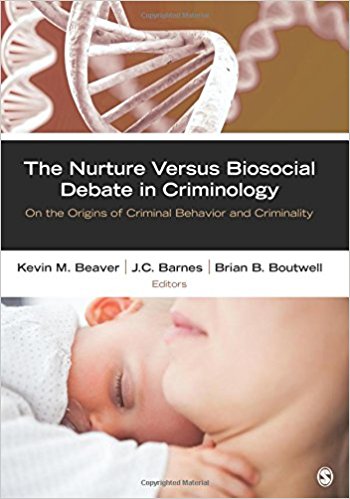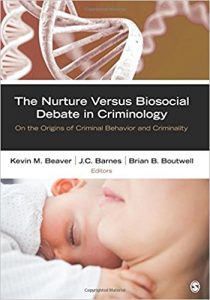Clinical Manual for Treatment of Alcoholism and Addictions 1st Edition
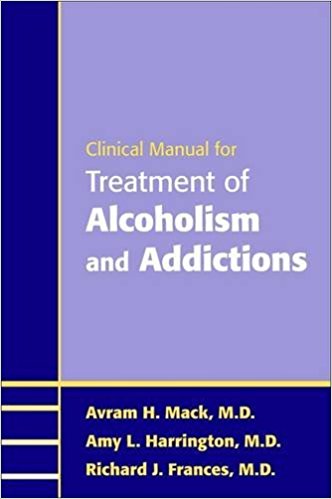

[amazon template=iframe image2&asin=1585623733]
The Clinical Manual for Treatment of Alcoholism and Addictions provides a concise overview of addiction treatment issues relevant to clinicians who are involved in the care of patients with substance use disorders. This clinical manual consolidates a wealth of information into one easy-to-read guide. In addition to covering specific addictive substances in detail including epidemiology, presentation, and diagnosis, as well as polysubstance abuse and psychiatric comorbidity, the manual also addresses underlying issues related to specific patient populations, such as children and adolescents, seniors, and the mentally and physically handicapped. With their vast impact on our culture and society, substance use disorders may well become one of the main challenges for psychiatry in the twenty-first century. The Clinical Manual for Treatment of Alcoholism and Addictions is an invaluable tool for informing clinicians about the wide array of treatment options available to help their patients who struggle with substance abuse problems.

